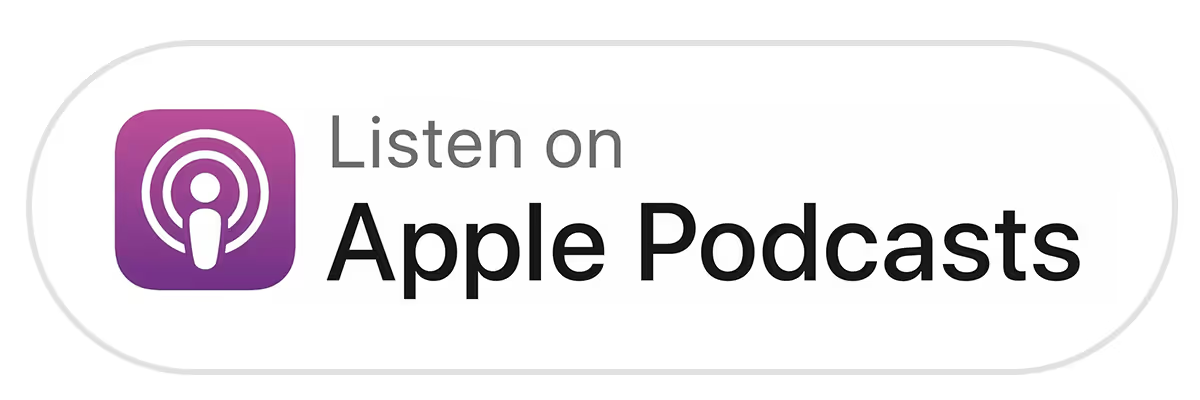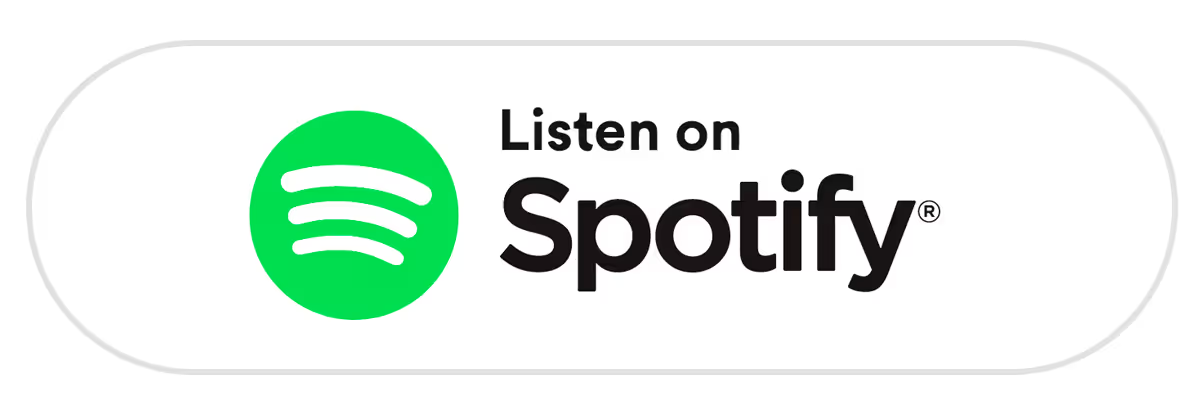Change How Your Team Works With Dialpad AI
Jim Payne, Director of Product Marketing at Dialpad, shows how Dialpad's AI-Powered Customer Intelligence Platform gives you an all-in-one solution to get the most out of your team and customer conversations through real-time transcription, sentiment analysis, live coaching, and more.


.avif)





.avif)
.avif)
.avif)







.svg)


